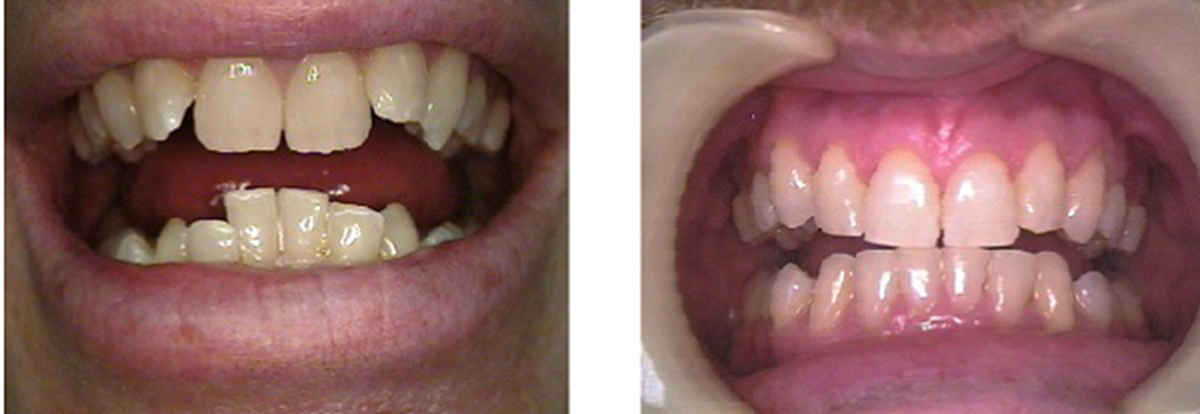
Bullying in schools is nothing new, since this is happening now more than ever. There are numerous factors which can attract bullies to a child. Usually, these are narrowed down to aesthetics, regarding one's face and dental health. Therefore, children undergoing orthodontic treatment are bound to be subjects of bullying, due to the negative aesthetic appeal this treatment has.
Facts about Orthodontic Treatment
The main motive for undergoing orthodontic treatment is the unpleasant appearance of one's teeth. Some other cases involve poor facial profile and recommendations by the dentist. Basically, children who are undergoing orthodontic treatment are bullied even beforehand, due to their dental problems.
For all the reasons mentioned above, many parents seek early treatment for their children, making sure that their dental health and alignment is superb even before they go to school.
Why Should This Be Done Early?
Early orthodontic treatment is recommended by many dentists and other health organizations due to many factors.
Simply, the earlier you start with the treatment, the sooner you are going to finish it. Additionally, early treatments are usually more thorough and permanent. Thus, the effect is likely to be present for the rest of the child's life. Subsequently, early orthodontic treatment guarantees greater success.
Moreover, this timely treatment is bound to help children who are undergoing speech therapy due to their dental problems. Finally, since early orthodontic treatment will make the problems go away even before these fully appear, it helps people avoid the necessity of surgical intervention later in life.
When Should This Be Done?
There are specific conditions under which orthodontic treatment is recommended. The first scenario is when the child is suffering from crossbite. In this case, the treatment should take place between the age of 8 and 10.
Next, there are deepbite and mandibular inadequacy. Deepbite takes place when the upper front teeth cover the lower front teeth almost entirely. On the other hand, mandibular inadequacy manifests through severe crowding of the mandibular canines, resulting in loss of these teeth. Typical age for these procedures is between 11 and 12.
Finally, mandibular prognathism, being the excessive protrusion of the lower jawbone, is to be treated between the ages of 13 and 15. Also, this is the ideal time for treating gaps between the front central incisors and permanent teeth which cannot force the baby teeth out.
Once a child needs orthodontic treatment, two options are available. There are fixed and Removable treatments, each one having their own benefits. All in all, timely orthodontic treatment has numerous benefits regarding one's health and life in general.



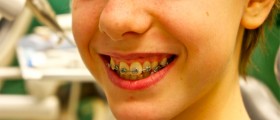

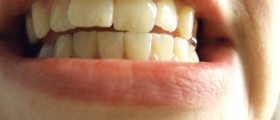
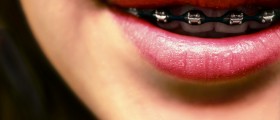
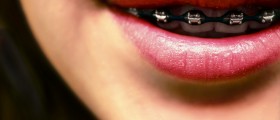
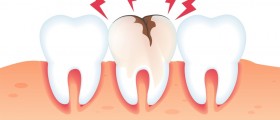



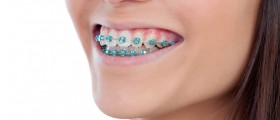


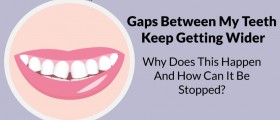
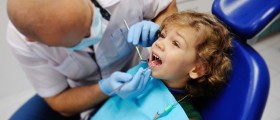
Your thoughts on this
Loading...